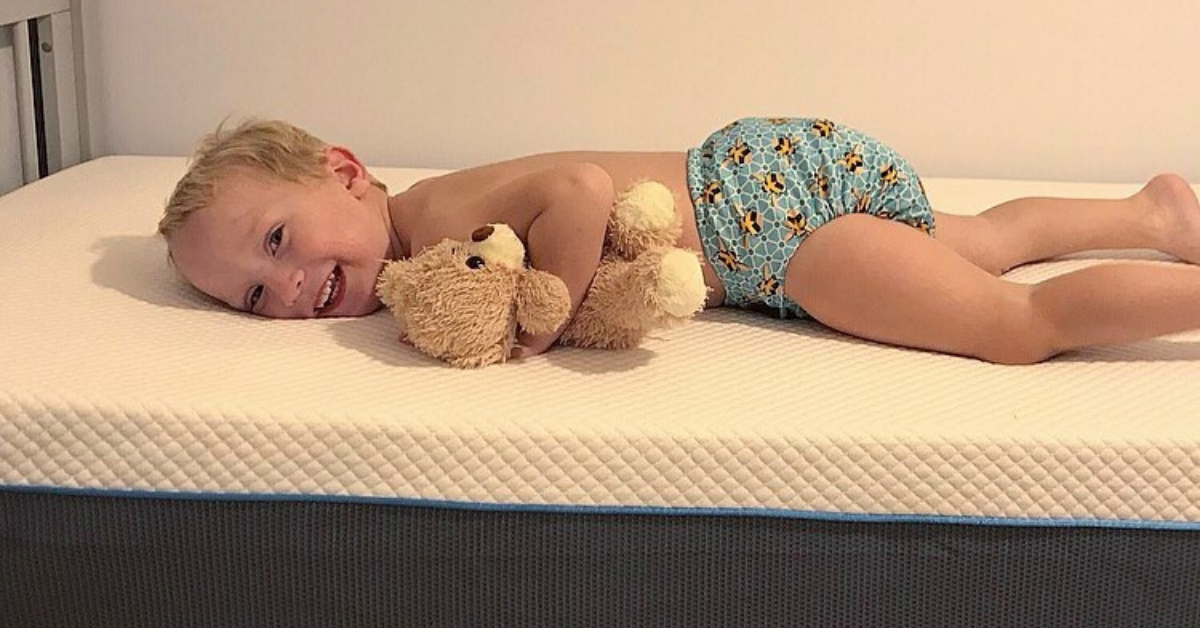
How To Choose The Right Pillow

*Collaborative Post
It’s hard to avoid ads for mattresses on TV and social media, but how often do you see ads for pillows? While mattresses are the most significant investment you’ll make in your sleep, your pillow has just as big an impact on your sleep quality. A worn-out pillow can be a health hazard, putting unwanted pressure on your neck and spine and harbouring dust mites, mildew and dead skin cells. If you’re constantly scrunching your pillow trying to get comfortable, or you’ve noticed it’s discoloured or smelly, it’s time to replace it.
A quick Google search will show there are hundreds of pillows to choose from. The amount of choice can easily be overwhelming, so where do you start? Here are some tips on how to choose the right pillow for stable and restful sleep.
When and why to replace your pillow
We tend to buy a pillow and then forget about it – despite sleeping on it 7-8 hours a night, 365 days a year. Most pillows actually have a life of only 2-5 years, which means many of us are sleeping on one that is well past its use-by date. More expensive options tend to last longer than their cheaper cousins, and lifespan also depends on material. If you can fold your pillow without it springing open again, have noticed it’s smelly, or you’re waking up with neck pain, it’s definitely time to go shopping.
Sleep style
Above all, your pillow needs to support a healthy posture, with your spine in neutral alignment. This will help alleviate neck pain and relieve pressure throughout your body, so you can wake up feeling refreshed and ready to start the day. The pillow you need to achieve this depends on your sleep style.
Side sleepers
A high-profile pillow is perfect if you sleep on your side. This height will help fill the gap between the mattress and your head and neck as you sleep.
Back sleepers
If you’re a back sleeper, a medium height pillow is best. This will help support your head without craning it upwards. Choose a pillow that is firm enough that it won’t lose shape throughout the night under the weight of your head.
Tummy sleepers
Unlike side sleepers, tummy sleepers have less of a gap between their head and neck and mattress. Opt for a low profile pillow that avoids raising your head too much. This will also help reduce the pressure on your back. Picking a pillow with compressible fill will keep the height of your pillow as low as possible and let you shape it depending on how you position your arms.
Fill type
Not only are pillows available in different heights and densities, but they also come in a wide variety of materials. Broadly speaking they can be grouped into natural and synthetic. While this comes down to personal preference, factors that may influence your choice include any sensitivities (e.g. to dust mites, chemicals or latex), whether you are a hot or cool sleeper, and how restless you are when you sleep.
For hot sleepers
If you run hot, it’s best to choose latex, bamboo or wool. If you’re prone to night sweats, these will wick away moisture as they’re naturally absorbent. Wool is beneficial for regulating temperature as you sleep. If you run hot, avoid memory foam as it retains heat.
Sensitivities
If you have allergies or asthma it’s smart to choose a cotton, wool or foam pillow, as these are hypoallergenic. For chemical sensitivities, stay with natural fibres such as cotton or wool. Synthetic pillows made from memory foam or polyester may cause a reaction.
Materials
- Memory foam is a great option for side and back sleepers as it conforms to the shape of your head, distributing pressure evenly and helping with neck pain. Most memory foam pillows are made from a single piece of foam. If you prefer malleability, you can also buy shredded memory foam, which is easier to mould.
- Latex pillows can be made from natural or synthetic latex and are particularly dense, which makes them a great choice for light sleepers. Like memory foam, they adapt to the shape of your body making them a great choice for back and side sleepers.
- Wool pillows, on their own or a combination of wool and cotton, are breathable, moisture wicking and hypoallergenic. This is an excellent choice for natural comfort year-round.
- Down pillows are long lasting and mouldable, but may not be suitable for those with allergies.
Other tips
Just like your mattress, a good pillow is an investment. Don’t forget to use a high-quality pillow protector to safeguard it from hair and body oils and get the longest possible use out of it. Give your pillows a shake regularly to help kill dust mites, and wash your protectors regularly to keep your pillow fresh and healthy.
Keep in mind that your mattress may affect the pillow you need for optimal sleep. If you have a firmer mattress a softer pillow may be better, and vice versa.
*This is a collaborative post. For further information please refer to my disclosure page.
If you enjoyed this post you can follow more of our life, opinions and antics over on Facebook, Twitter, YouTube and Instagram. Plus feel free to come and join in with my parenting group ‘From One Parent to Another’ on Facebook.
If you’d like to contact me you can either leave me a comment or drop me a line via my contact me page.
For other topics similar to this one check out these suggestions below…




